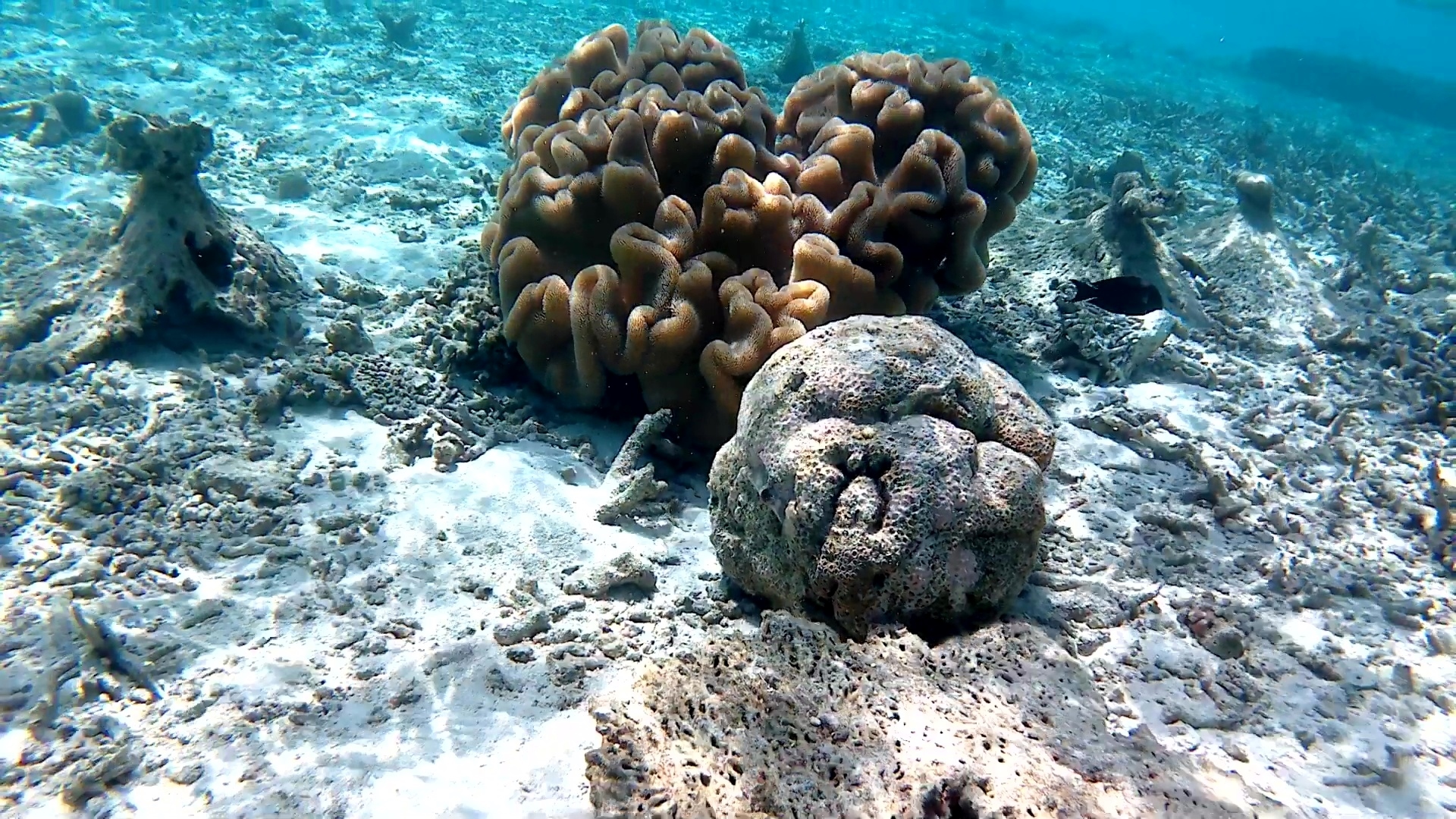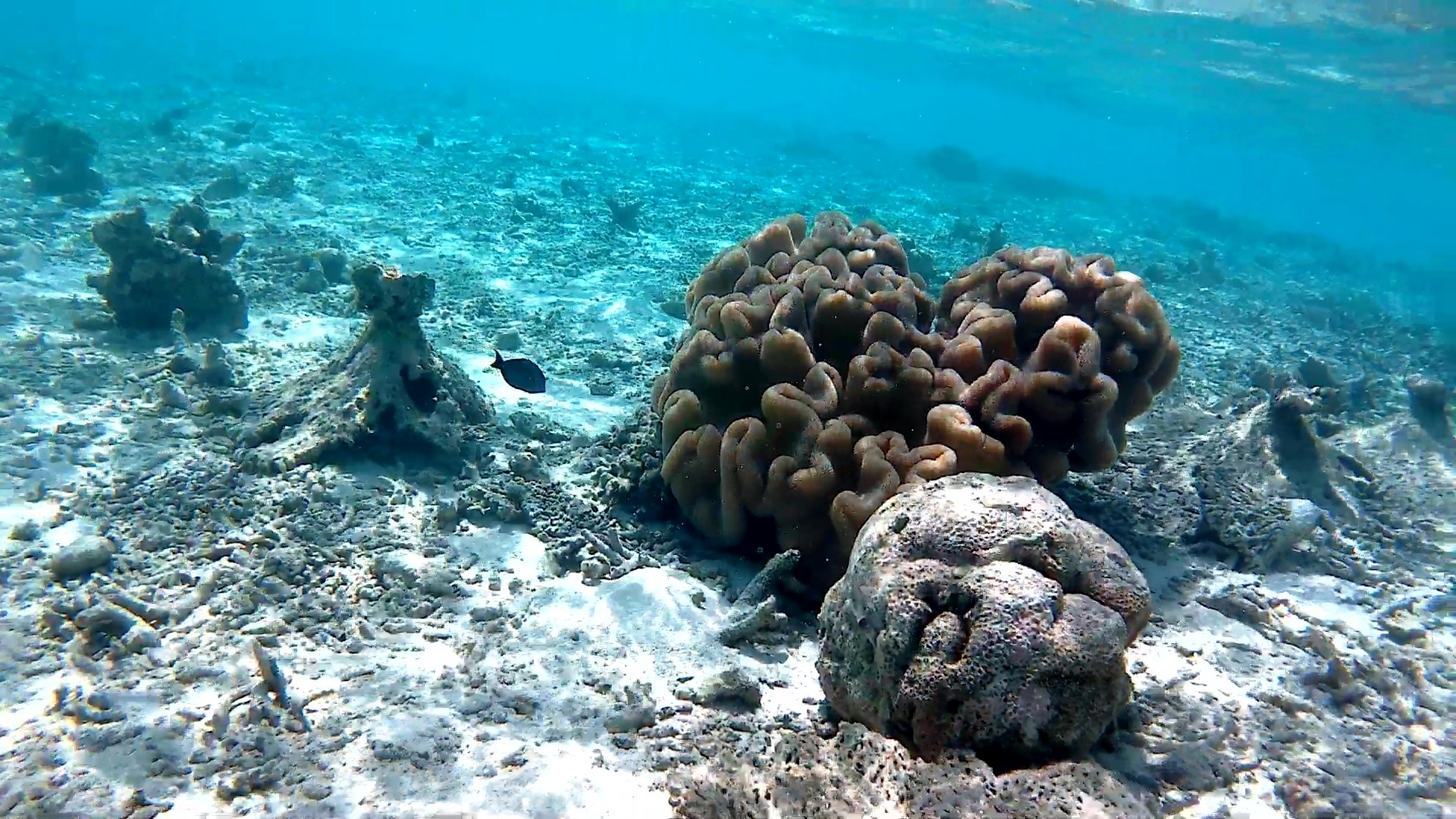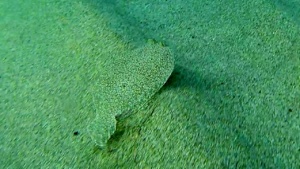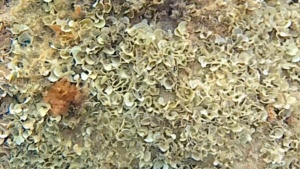
The Sclerattinie or corals (Scleractinia Bourne,1900) are a coral order of the Hexacorallia subclass. Sclerattinia Madrepora Hexacorallia www.intotheblue.it
This video made in the Maldives shows a stretch of coral reef completely destroyed by the tsunami of 26 December 2004, a real natural catastrophe that has severely damaged many atolls. But the Marine world began to reconstitute itself through the formation of Sclerattinie. We hope that man will not provoke further damage by affecting climate change.
They are solitary or colonial forms with aragonitico skeleton (less stable than calcite); The symmetry is radial and the SEPTA appear for sectors of 60 ° to cycles of 6; septa are prevalent with respect to transverse elements.
The colonial forms give rise to bio-constructions known as coral reefs or reefs, diffused at all latitudes and in a wide range of depth. The most developed and best known reefs are however of low seas and in inter-tropical latitudes. Coral reefs are capable of withstanding waves and currents and allow the development of carbonate platform environments such as atolls.
The exclusive solitary forms of the Scleractinia are the flabellata and the cuneiform; These are often gregarious forms, which can give rise to organogeni benches. Sclerattinia Madrepora Hexacorallia www.intotheblue.it

Scleractinia – intotheblue.it
The coral reef is an underwater ecosystem characterized by reef-building corals. Reefs are formed of colonies of coral polyps held together by calcium carbonate. Most coral reefs are built from stony corals, whose polyps cluster in groups. Coral belongs to the class Anthozoa the animal phylum Cnidaria, which includes sea anemones and jellyfish. Unlike sea anemones, corals secrete hard carbonate exoskeletons that support and protect the coral. Most reefs grow best in warm, shallow, clear, sunny and agitated water. Coral reefs first appeared 485 million years ago, at the dawn of the Early Ordovician, displacing the microbial and sponge reefs of the Cambrian. Sometimes called rainforests of the sea, shallow coral reefs form some of Earth’s most diverse ecosystems. They occupy less than 0.1% of the world’s ocean area, about half the area of France, yet they provide a home for at least 25% of all marine species, including fish, mollusks, worms,echinoderms, sponges, tunicates and other cnidarians. Coral reefs flourish in ocean waters that provide few nutrients. They are most commonly found at shallow depths in tropical waters, but deep water and cold water coral reefs exist on smaller scales in other areas. (extract from Wikipedia)
 English
English Italiano
Italiano



